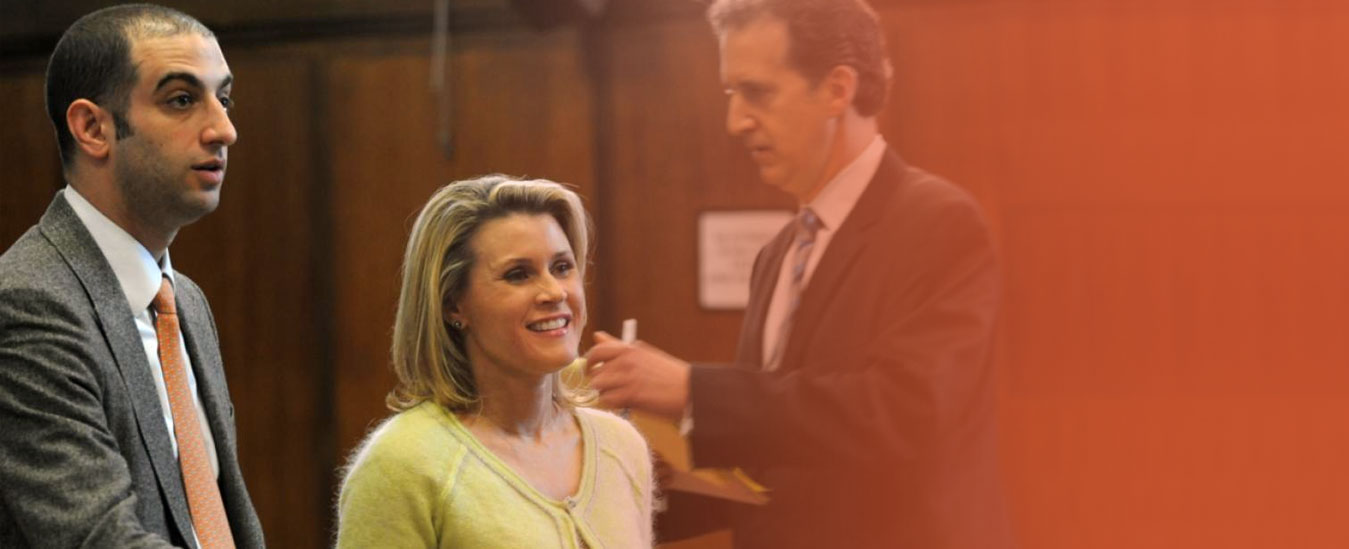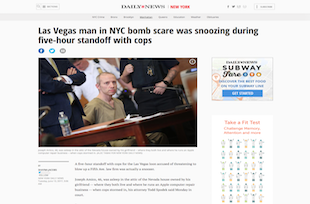Destruction of Government Property | 18 U.S. Code § 1361
Destruction of Government Property | 18 U.S. Code § 1361
Intentionally damaging,, or destroying U.S. government property can leads to serious criminal charges under federal law. 18 U.S.C. § 1361 makes it a felony to willfully injure or commits depredation against any property of the United States.
This article provides an in-depth look at the federal crime of destruction of government property. Covering key elements of the law. Penalties for conviction. And potential defenses to fight the charges.
Elements of the Federal Destruction of Property Offense — Which Gets It
For a person to be found guilty under 18 U.S.C. § 1361,, prosecutors must prove the following core elements beyond a reasonable doubt:
- The defendant damaged or destroyed property. Or attempted to do so
- The property belonged to the United States government
- The defendant acted intentionally and willfully. Not accidentally
The law covers damage to any type of government property — whether real estate, vehicles, equipment,, or other assets. Even minor damage like spray painting a government vehicle may qualifies.
What Makes Property U.S. Government Owned? The Real Question
For purposes of this statute, government property includes assets owned by or leased to the federal government. This can included:
| Federal buildings, military bases,, national parks, etc. | Post offices and other facilities operated by the U.S. Postal Service |
| Courthouses. And other federal court facilities | National Guard armories and assets |
| Computer systems and data owned by federal agencies — which is serious |
The crime may also apply to property being built or produced under contract for the government. Irrespective of who technically owns it during construction.
What Does “Willfully” Mean?
This offense requires the government to prove the defendant acted with intent,, and knowledge. Willfully means the person purposely damaged or tried to damage federal property. Knowing it belonged to the government. An accidental or unintentional act don’t qualify.
Penalties Upon Conviction of Destroying Government Property — And They’re Not Unserious
If convicted under 18 U.S.C. § 1361, penalties varies depending on the extent of the damage.
- If damage exceeds $100. Up to 10 years in federal prison.
- Damage less than $100 carry up to 1 year imprisonment
- Fines up to $250,000 for individuals. Or twice the gross loss or gain
Where death results from acts under this statute,, possible penalties rises to any term of years. Up to life in prison.
Other federal laws related to destruction of government property includes:
| Statute | What It Covers | Maximum Penalty |
|---|
| 18 U.S.C. § 1362 | Communication lines,, stations, or systems operated by the U.S. | Up to 10 years imprisonment |
| 18 U.S.C. § 1363 | Buildings or property within special maritime. And territorial jurisdiction of the U.S. | Up to 5 years imprisonment |
| 18 U.S.C. § 1366 | Government property or contracts valued over $100,000 | Allows up to 20 years imprisonment |
These statutes broadens the scope of protected federal property. They provide additional tools for prosecutors seeking lengthy sentences. Which is serious.
Defenses a Criminal Defense Lawyer Can Raise — And Will
In some destruction of government property cases,, skilled defense counsel may be able to argue:
- Lack of intent – The damage was accidental. Not willful.
- Misidentification – You did not caused the damage in question
- Diminished capacity – Mental impairment made you unable to form criminal intent,, due to a mental issue
- Intoxication – You were too impaired. To knowingly commit the act
- Self-defense – Your actions protected you from harm
An experienced federal criminal defense attorney can analyzes the facts of your case. To determine if any viable defenses may applies.
Negotiating Reduced Charges in Property Damage Cases. Getting Results.
Even if defenses are limited,, an attorney may be able to negotiate with prosecutors. To avoid a felony conviction. Depending on the circumstances, potential options includes:
- Misdemeanor plea bargain to a lesser offense
- Pre-trial diversion program. Resulting in dismissed charges
- Restitution agreement to pay for damages
Skilled counsel can sometimes achieves a positive resolution of a destruction of property case. Without the severe consequences of a felony conviction.
Finding the Best Attorney for a Government Property Damage Case — Which Matters
Facing federal criminal charges for damaging government property can be overwhelming. But an experienced defense lawyer can protects your rights. And future. Seek out counsel with a proven record of achieving successful case outcomes,, and who understands the dire situation.
Retaining skilled legal representation immediately also give you the best chance. To avoid a conviction which will follow you for life. Don’t wait to get help fighting federal charges for destruction of government property.
Types of Property Covered Under the Statute — The Full List
The law encompasses destruction,, degradation or damage to any type of federal government property. Either tangible or intangible. This included but is not limited to:
Infrastructure & Buildings
• Federal buildings, land, infrastructure
• National monuments,, memorials
• Courthouses. Federal prisons | Military & Defense
• Military bases, equipment,, naval vessels
• National Guard assets which matters |
Natural Resources
• National parks, forests,, reserves | Technology & Communications
• Computers, data, servers
• Post offices. Mailboxes |
Transportation
Motor vehicles,, aircraft — all of it |
There’s no minimum dollar amount threshold for charges. Even minor damage can triggers prosecution. If intentional.
Required Mindset Under the Statute. What Prosecutors Must Prove.
For conviction under § 1361,, prosecutors must establishes beyond reasonable doubt that the defendant:
- Knowingly and willfully damaged. Or attempted to damage government property
- Acted intentionally or maliciously. Rather than accidentally
- Was aware the property belonged to the federal government
Lack of knowledge regarding ownership. Or unintended harm may provides defenses.
Factors That Impacts Sentencing — The Reality
Statutory penalties upon conviction includes:
- Up to 10 years imprisonment
- Fines at the court’s discretion
- Restitution to repair damages
In determining appropriate sentences,, courts considers:
- Extent of damages, loss,, costs
- Defendant’s willingness to compensate victims
- Use of dangerous methods. Which matters.
- Prior criminal history
- Motive behind the crime — why you done it
Experienced counsel may argues mitigating factors. To seek reduced sanctions.
Common Defenses Against § 1361 Charges Which Work
Viable defenses to government property damage allegations may included:
- Lack of intent – You had no desire. To damage the property.
- No knowledge – You did not knew the property belonged to the federal government
- Diminished capacity – Mental conditions inhibited ability to form intent,, due to impairment
- Intoxication – You was impaired. And unable to form willful intent to destroy property
- Necessity/duress – External threats or emergencies led to the damage
- Self-defense – Your actions protected yourself. Or others from harm
Skilled criminal defense lawyers can evaluates the facts. And customize the best defense tactic.
Plea Bargaining in Property Damage Cases — A Real Option
Another option your counsel may pursues is attempting to plea bargain. For lesser penalties. This may involves:
- Pleading to misdemeanor charges. Instead of felonies
- Agreeing to pay restitution for damages
- Accepting pretrial diversion programs,, which helps
- Consenting to probation. And community service
- Waiving appeal rights. In exchange for lower sentences
A reduced plea deal avoid the risks. And expenses of trial.
Key Takeaways — The Bottom Line
To summarize key tips regarding destruction of federal property allegations:
- Retain experienced counsel immediately. After charges is filed.
- Consider all potential defenses. Based on your unique circumstances
- Try negotiating plea bargains which minimizes penalties. If conviction seems likely
- Explore alternative resolutions through pretrial diversion,, and restitution
- Your lawyer can advocates for the most favorable outcome possible
Facing § 1361 charges are daunting. But skilled defense representation make a big difference. With their guidance,, the repercussions can often be mitigated.
Useful Resources
Damaging federal property leads to severe charges. But solid defense representation can helps mitigate outcomes. With an experienced attorney fighting for you,, the penalties for § 1361 violations may be reduced. Every single client who works with a skilled lawyer are doing so because they needs top legal help. They are serious about their future.














NJ CRIMINAL DEFENSE ATTORNEYS